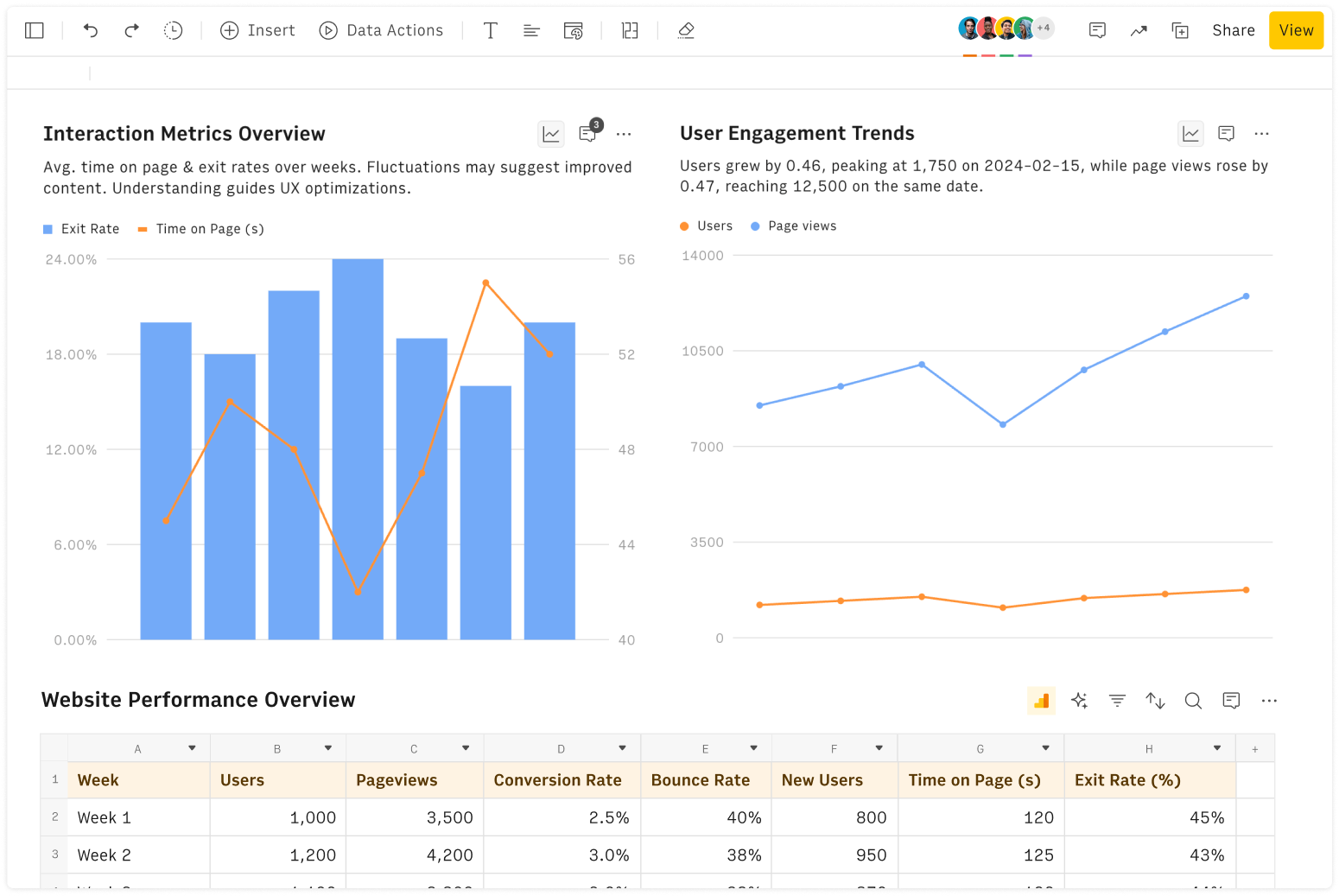What is the Costco Balance Sheet?
A balance sheet, also known as a statement of financial position, provides a snapshot of a company's assets, liabilities, and shareholders' equity at a specific point in time. It is one of the fundamental financial statements used to evaluate a company's financial health and stability. For a major retailer like Costco, understanding the balance sheet can reveal insights into its operational efficiency, inventory management, and financial strategy. Key components of a balance sheet include Current Assets, Long-term Assets, Current Liabilities, Long-term Liabilities, and Shareholders' Equity.
How to Read the Costco Balance Sheet
Current Assets on Costco's Balance Sheet
Current Assets are those expected to be converted to cash or used within one year. For Costco, this category is critical due to its large inventory turnover and cash flow management.
Cash and Cash Equivalents: These are liquid assets that can be readily accessed, crucial for Costco to manage day-to-day operations and seasonal inventory fluctuations.
Accounts Receivable: Money owed to the company by customers. For Costco, this includes membership fees and payments from bulk buyers.
Inventory: The value of goods available for sale. Costco's inventory management is pivotal to its business model, focusing on high turnover and bulk purchasing discounts.
Costco's Long-term Assets
Long-term Assets provide value for more than one year and are essential for Costco's long-term growth and store expansion.
Property, Plant, and Equipment (PP&E): These are long-term physical assets used in operations, including Costco’s warehouses and distribution centers.
Intangible Assets: Non-physical assets like patents and trademarks, which might include Costco's private label brands like Kirkland Signature.
Costco's Current Liabilities
Current Liabilities are obligations due within one year.
Accounts Payable: Money owed by the company to suppliers, reflecting Costco's ability to manage supply chain finances.
Short-term Debt: Loans and financial obligations due within a year, which can indicate Costco’s strategy in managing liquidity and short-term financing needs.
Costco's Long-term Liabilities
Long-term Liabilities are obligations due beyond one year.
Long-term Debt: Loans and financial obligations due after one year, which support Costco's large-scale capital expenditures and expansion projects.
Deferred Tax Liabilities: Taxes owed in the future, reflecting timing differences between accounting and tax reporting.
Costco's Shareholders' Equity
Shareholders' Equity is the residual interest in the assets of the company after deducting liabilities.
Common Stock: Equity capital raised from shareholders, signifying investor confidence in Costco.
Retained Earnings: Cumulative profits retained in the business, used to reinvest in Costco’s growth and operations.
Key Analysis from the Costco Balance Sheet
Liquidity Ratios for Costco
Liquidity ratios help evaluate Costco's ability to meet its short-term obligations. Here are key ratios and their calculations:
Current Ratio:
Calculation: Current Assets / Current Liabilities
Insight: Measures Costco's ability to pay off its short-term liabilities with its short-term assets.
Quick Ratio:
Calculation: (Current Assets - Inventory) / Current Liabilities
Insight: Assesses Costco's capacity to meet short-term obligations without relying on inventory sales.
Cash Ratio:
Calculation: Cash and Cash Equivalents / Current Liabilities
Insight: Indicates the extent to which Costco can cover its short-term liabilities with cash and cash equivalents.
Solvency Ratios for Costco
Solvency ratios measure Costco's ability to meet its long-term obligations. Key ratios include:
Debt to Equity Ratio:
Calculation: Total Liabilities / Shareholders' Equity
Insight: Evaluates the proportion of debt financing relative to equity financing.
Equity Ratio:
Calculation: Shareholders' Equity / Total Assets
Insight: Indicates the proportion of total assets financed by shareholders' equity.
Debt Ratio:
Calculation: Total Liabilities / Total Assets
Insight: Measures the extent to which Costco's assets are financed by debt.
Interest Coverage Ratio:
Calculation: EBIT / Interest Expense
Insight: Assesses Costco's ability to pay interest on its outstanding debt.
Explore our Costco's Balance Sheet Tool today to gain a deeper understanding of Costco's financial dynamics and make data-driven business decisions with confidence. With this tool, you can analyze how Costco manages its extensive inventory, funds its rapid store expansions, and maintains its robust financial health.



